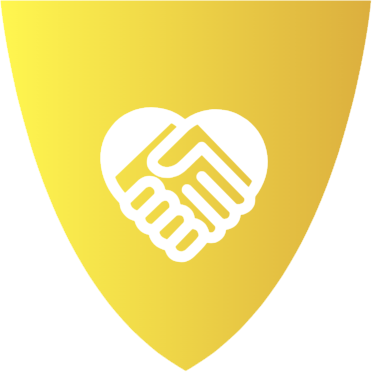In the digital age, where swipes and clicks often lead to connections, navigating the landscape of sharing personal information while dating has become a delicate art. Balancing openness with caution is crucial, as oversharing can lead to vulnerability, while withholding too much might hinder genuine connection. This article delves into the essential do’s and don’ts of sharing personal details in the dating world, offering guidance to help you maintain both your privacy and your potential for meaningful relationships. Whether you’re a seasoned dater or new to the scene, these insights will equip you with the knowledge to protect yourself while still opening the door to romance.
Navigating the Early Stages: What to Share and What to Withhold
In the exhilarating initial phases of dating, the balance between openness and privacy is crucial. Sharing personal details can foster connection, yet revealing too much too soon might lead to unintended consequences. It’s essential to discern which pieces of your story to unveil and which to keep close to your chest.
- Share: Your passions, hobbies, and interests. These topics are not only safe but also help establish common ground and mutual enthusiasm.
- Share: Light-hearted anecdotes or experiences. They add personality and warmth to your conversations without delving too deep.
- Withhold: Sensitive personal information such as financial details or deeply personal traumas. These are best reserved for a time when trust has been firmly established.
- Withhold: Intimate family issues or conflicts. Such matters are deeply personal and might be overwhelming for someone you are just getting to know.
By navigating these early interactions thoughtfully, you can build a foundation of trust and curiosity, paving the way for a deeper connection as the relationship progresses.
 Building Trust: Gradual Disclosure and Emotional Safety“>
Building Trust: Gradual Disclosure and Emotional Safety“>
Building Trust: Gradual Disclosure and Emotional Safety
Establishing trust in a relationship is a delicate dance, and one of the most effective steps is through gradual disclosure. Sharing personal information should be a progressive journey, where each piece of information is revealed with care and consideration. This allows both partners to feel secure and valued, fostering a sense of emotional safety.
- Do: Share small, less sensitive details first. This helps to build a foundation of trust without overwhelming your partner.
- Do: Pay attention to your partner’s responses and comfort levels. Adjust your pace accordingly.
- Don’t: Feel pressured to reveal everything at once. Vulnerability is a process, not a race.
- Don’t: Use personal disclosures as a test of loyalty or commitment. Trust should be nurtured, not demanded.
By approaching disclosure with patience and empathy, you create a space where both partners can explore their feelings and boundaries, leading to a more meaningful and trusting connection.

Red Flags and Green Lights: Recognizing Safe Sharing Practices
- Red Flags
- Pressuring for Information: If someone is pushing you to share personal details too quickly, it’s a sign to proceed with caution. Trustworthy individuals will respect your boundaries.
- Inconsistent Stories: Be wary if their personal stories change frequently. This could indicate dishonesty or ulterior motives.
- Vague Online Presence: Limited or suspicious social media profiles can be a red flag. Ensure their digital footprint aligns with what they tell you.
- Green Lights
- Respecting Boundaries: A partner who understands and respects your pace in sharing personal information is likely trustworthy.
- Consistent Communication: Transparency and consistency in what they share about themselves can be reassuring.
- Open About Their Circle: Introducing you to friends or family can indicate sincerity and a willingness to be open.

Online Dating Dynamics: Protecting Your Digital Footprint
In the age of digital romance, safeguarding your online presence is crucial. When sharing personal details, it’s essential to strike a balance between authenticity and privacy. Here are some key considerations:
- Do: Use a unique username that doesn’t reveal your real name or any identifiable information. This helps maintain a layer of anonymity.
- Do: Share your interests and hobbies, but avoid specifics like locations or frequent hangouts that could pinpoint your whereabouts.
- Don’t: Disclose sensitive information such as your home address, workplace, or phone number in your profile or early conversations.
- Don’t: Post photos with identifiable landmarks or personal details that can be used to track you.
Being mindful of what you share not only protects your digital footprint but also ensures a safer online dating experience.




